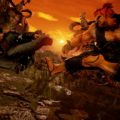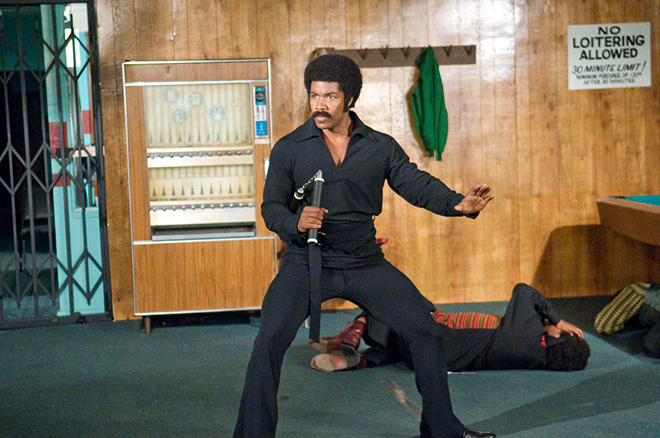Fighting Games Friday: The Underappreciated Freaks of Street Fighter III

Capcom is providing the final batch of pre-release advertising for Street Fighter 6, now one week from release. Character Guides have been releasing daily, though they’re more introduction videos considering their brevity. They’re nothing compared to the meticulously detailed Guilty Gear Strive Starter Guides (the latest of which, for Asuka R#, is eight minutes) or even those for The King of Fighters XV. The Your Story trailer was also provided for anyone still unaware of the game’s supposedly robust World Tour mode. The Launch Trailer, which features the valiant return of Lil’ Wayne, was the newest one released.
The game is launching with the solid number of seven new characters (including Luke, who only made an early debut in Street Fighter V’s final season), more than the previous installments which launched with four new faces each. But viewing seven as a large number recalls how risky Capcom got with Street Fighter III, the first title in which, New Generation, included nearly all-new cast — and would have been a soft reboot if Ryu and Ken weren’t late additions. This alone is unheard of for fighting game sequels these days, including those made on lower budgets.
It’s also worth considering just how damned weird a portion of SFIII’s new faces were. Among the total roster were types of characters that wouldn’t be afforded even one slot in a new big-budget or mid-budget fighting game release, lest the company and individual development team member social media accounts be hammered with people asking why they were considered over one a returning fan-favorite.

Consider Necro, for one, a Russian man experimented on to the point that his skin became white, and his body capable of stretching limbs like Dhalsim and producing electricity like Blanka. Even if a portion of the concept that birthed him was inspired by prior characters, the combination of those and his design stuck out as unique among the franchise’s history. Oro has a similar story, who debuted alongside Necro in New Generation, a hermit of a fighter with yellow skin and a missing arm, essentially a more esoteric version of Dragon Ball’s Master Roshi. Both characters came with peculiar move sets that took time to understand, let alone master. Few took the time to learn them during the initial arcade release, but the thought process that birthed them was appreciated.
2nd Impact may not have introduced any freaks, with Urien and especially Hugo being conventional enough by Capcom and fighting game standards in the late 1990s. 3rd Strike delivered more instead. Consider Twelve, a character with scant moves of his own, but can temporarily shapeshift into the character he’s fighting as compensation. Shapeshifting characters are among the most difficult to come close to mastering in fighting games because they require for the player to have basic competency with using every other character in the roster. Not many players got the most potential out of Twelve, but the few who did were provided entertainment.

There’s also Q, who appears in a robotic form with a design suffused with Shotaro Ishinomori inspiration, and made a playable appearance for the first time after appearing in the background of Ken’s stage in the early Street Fighter II games. He, like those mentioned above, stood out among the pack. Unlike them, more skilled arcade and tournament players were able to take advantage of him at an expert level, regardless of his middling placement on most tier lists.
Most new faces in the SFIII titles were conventional enough, with characters like Elena, Sean, Ibuki, Makoto, and Dudley fitting in perfectly compared to those from then-prior SF games. But the four listed above stood out among the franchise, let alone most fighting games, and still do now. It’s uncommon to see characters like this introduced in newer fighting games, the closest in SF’s case being F.A.N.G. in SFV (who might receive a successor through DLC character A.K.I. in SF6) and maybe Super Street Fighter IV’s Hakan on a day when I’m feeling generous. The aforementioned SFIII weird faces have seldom appeared in the franchise since, with only Oro reappearing in SFV through squeaking in as a playable character in the final season.
It is, I’m sorry to say, a wise decision that characters like them haven’t been inserted in most fighting games, because they would be considered wasted slots on the rosters by the most vocal facets of the fighting game community. Outside some small-budget and indie titles, the only fighting game franchise that could get away with such characters is The King of Fighters, thanks to just how robust their rosters are.
We’ll be lucky to see even one of these characters make a return in SF6, the first SF game that canonically occurs after SFIII. Q has the highest chance of returning thanks to being the least-weird among them, while Necro’s girlfriend Effie has a higher chance of appearing again over him thanks to her resemblance to a certain popular comic book character. (That’s DC’s





